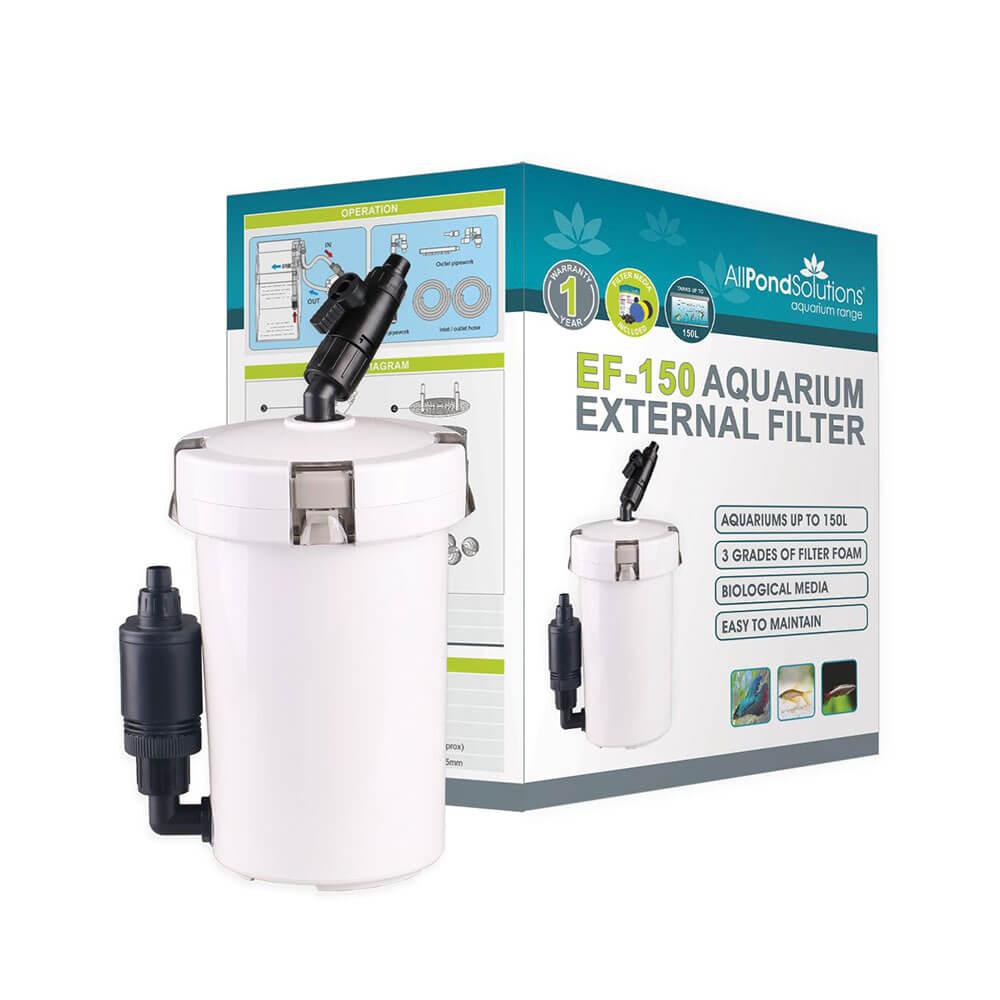Creating an Idyllic Marine Aquarium
A marine aquarium is one of the most impressive types of aquarium, as it takes time and effort to set up and maintain. Here, we talk you through how to set it up for the first time. We are assuming that you know what type of fish you intend to keep and the care that you need to take with them specifically, and you have done your research thoroughly into keeping a marine aquarium.
Equipment
- Aquarium
- Lighting
- Light timer
- Sand
- Live Rock
- Filter
- Thermometer
- Heater
- Powerheads
- Test kits
- Saltwater mix
- Protein skimmer
- Fish Food
- Aquarium vacuum
- Fish net
- Rubber gloves
- Aquarium glass scrubber
- Quarantine tank
- Power strip
Aquarium Location
Your aquarium should be placed in a location where it won’t be affected by external factors such as windows or radiators. Make sure that the piece of furniture or stand that you’re placing your tank on will be able to take the full weight of it. The usual rule is that the weight of the aquarium is 10 pounds per gallon of water, plus the other equipment, live rock and fish!
Your Aquarium and Equipment
Decide on the type of filtration you will want to use when you set up your tank. Take a look at our blog post on different types of filtration for help. If you are using live rock as your primary filter, then you may only need a modest filter for mechanical and chemical filtration. You will also need a protein skimmer, in fact; it is one of the most important pieces of equipment after the live rock and biological filtration. Make sure that your heater is suitable for the size of your tank, too. When it comes to live rock, you need around one to two pounds of live rock per gallon in your aquarium, and half a pound to one pound of sand per gallon of water.
Set Up
Rinse out your aquarium with freshwater only, no soap or detergents.
Make sure that your aquarium has a background. They are essential for making the fish feel calm and not stressed.
Install your heater, hook up your filter, protein skimmer and any other equipment that you have, but don’t plug anything in yet.
Add Your Saltwater Mix
There are a wide variety of different saltwater mixes available, but you’ll soon come to understand which ones that you prefer after you’ve had your tank for a while.
Use a 5 gallon bucket to mix the saltwater. Fill the bucket, and remove the chlorine and chloramine using something like this from the All Pond Solutions Aquarium Rescue Range. Read the instructions on the salt mix carefully, and follow the instructions. You usually slowly add salt mix to room temperature water, and stir it well. Test it with your hydrometer or refractometer and once you get a gravity reading between 1.021 and 1.024, you can add it to your aquarium.
At this point you can turn on your aquarium and let the water circulate for a couple of days.
Cure Your Live Rock
Probably one of the most expensive areas of setting up your marine tank, the live rock is one of the best ways to biologically filter your tank. The curing process can take a long time however, up to two months, so prepare to be patient.
Drain some of your aquarium water, to account for the rock you’re about to place in it, and put your live rock in the middle of your tank. Aim your powerheads towards it. Debris will come off them – this is dead or dying organisms that have been living on the rock.
Every few days, turn the power off and scrub the live rock with an old toothbrush or something with plastic bristles to remove any obviously dead matter. Siphon up any debris from the tank and refill with pre-mixed salt water. Throughout this process, test your water to make sure that it is cycling.
Throughout the curing process, your tank may not smell good at all – but once the live rock is cured, it should smell more like the ocean. Use testing kits to confirm that your tank has cycled.
Substrate
Drain some aquarium water, and turn off the power to your tank. Use your bucket to premix 2 gallons of saltwater, then add your sand and stir. This will allow some of the dirt and dust to rise so you can siphon it off. Drain some of the water from the bucket, and use a plastic cup or ladle to add the sand to your tank. Use a powerhead to blow off any sand that gets on your live rock.
Leave Tank to Settle
For a few days, leave your tank alone, but monitor your tank carefully for salinity, gravity, pH, ammonia, nitrite, and nitrate and carbonate hardness levels.
They should be as follows before you add any fish:
temperature: 75°F - 80°F (24°C - 27°C)
specific gravity: 1.020 - 1.024
pH: 8.0 - 8.4
ammonia: 0
nitrite: 0
nitrate: 20 ppm or less
carbonate hardness: 7-10 dKH
Your Tank is Ready
Your tank is now ready for the addition of fish, congratulations! Make sure you research the various ways to add fish to your tank, as the wrong way could stress your fish out and cause fatalities.
